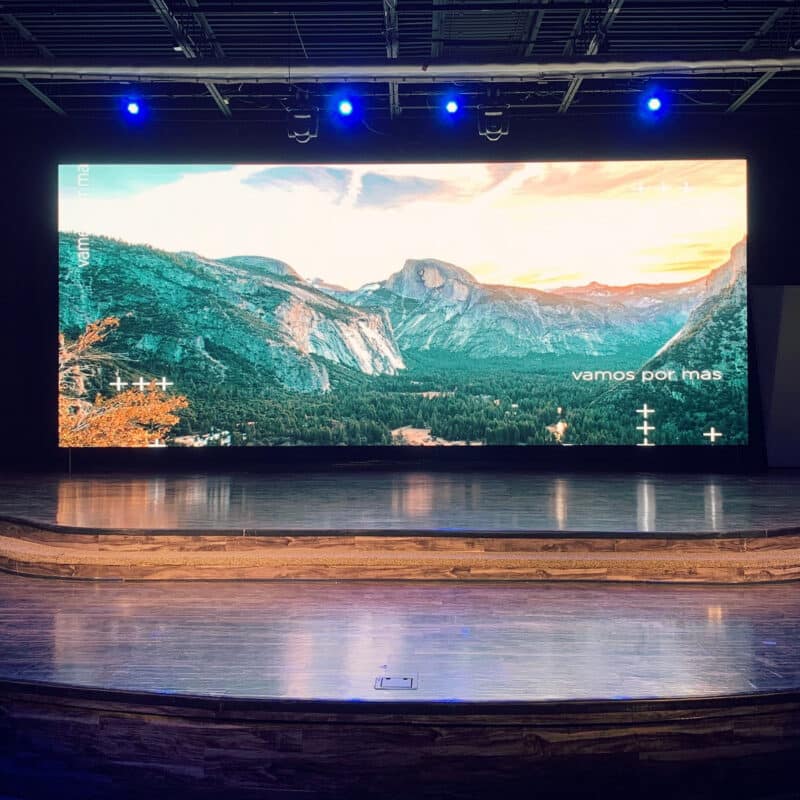Exploring the Longevity of LED Display Panels in Contrast to Traditional Display Methods
Exploring the Longevity of LED Display Panels in Contrast to Traditional Display Methods
Blog Article
LED panel panels have grown progressively favored in recent years, particularly in environments like schools, businesses, and public areas. These screens use light-emitting diodes (LEDs) to create bright and lively visuals. One of the most notable advantages of LED technology is its longevity in contrast to conventional display technologies, such as cathode ray monitors (CRTs) and LCD display screens. Understanding the differences in lifespan and functionality between these options can assist consumers make informed decisions about their screen needs.
Traditional display methods, like CRTs, have been around for many decades. They were commonly used in TVs and PC monitors. However, CRTs have a limited duration, typically lasting approximately 10,000 to 20,000 hrs of use. This means that after a couple of years, consumers may observe a decline in image clarity, such as dimming or hue deformation. In contrast, LED panel screens can last significantly longer, often exceeding 50,000 hrs. This extended lifespan means that users can enjoy consistent performance without the need for regular substitutions.
Another important aspect to take into account is energy efficiency. LED panel panels consume less energy than conventional displays, which not only helps the environment but also lowers power costs. For example, while a CRT screen may consume around 100 watts of energy, an LED screen can use as little as 30 to 50 W. This discrepancy in power usage contributes to the overall durability of LED innovation, as lower power consumption generates minimal thermal energy. Excessive heat can harm electronic components, resulting to a reduced lifespan for traditional displays.
In furthermore to their extended duration and power efficiency, LED wall screens also provide enhanced image quality. They provide brighter colors and improved differentiation, making them perfect for various applications, from marketing to learning displays. The technology behind LED panels allows for a wider viewing angle, meaning that images stay sharp and lively even when seen from the side. This is a significant advantage over conventional screens, which frequently suffer from color distortion and diminished brightness at broader perspectives.
In summary, the durability of LED wall panels compared to conventional screen methods is a key factor for consumers to consider. With lifespans that can exceed 50,000 hrs, energy efficiency, and superior image quality, LED innovation provides many advantages. As click this over here now innovation continues to progress, LED wall panels are likely to become even more common in various environments. Grasping these distinctions can assist people and entities make better choices when investing in display technology, ensuring they receive the best worth for their requirements.